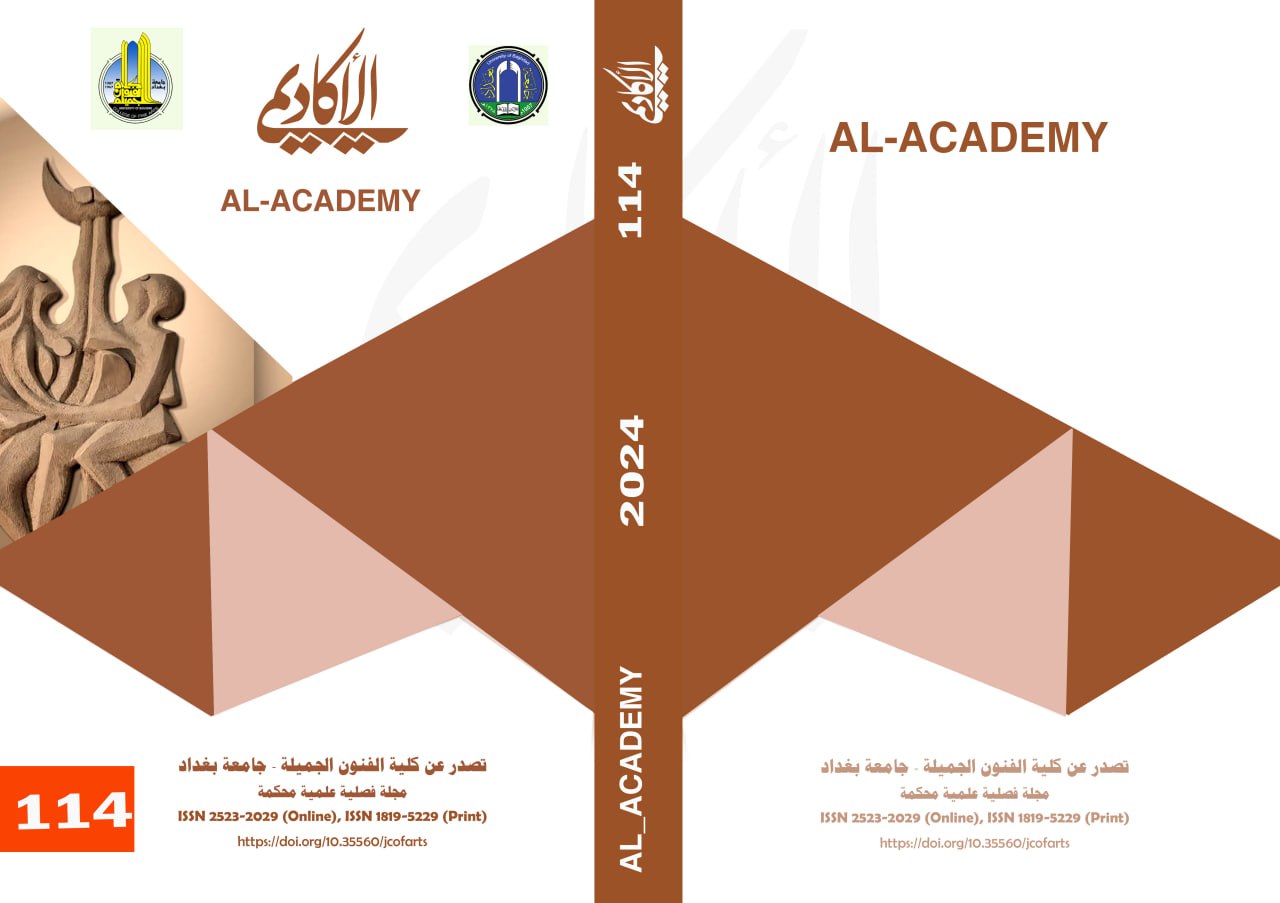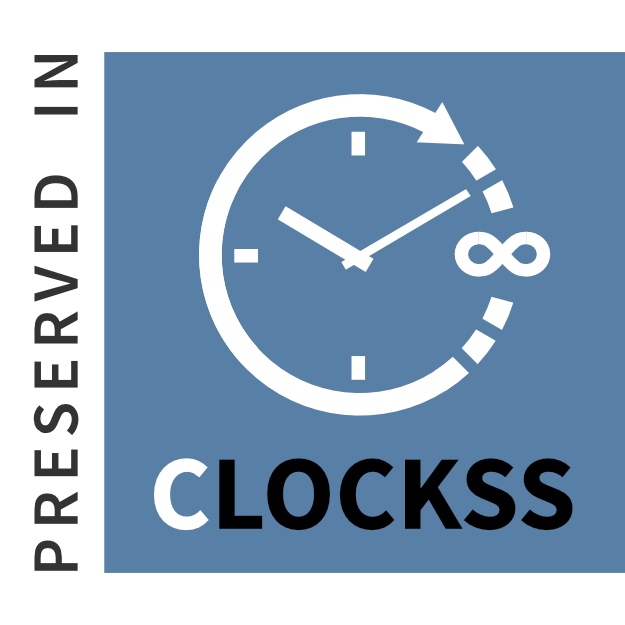Blockchain Technology and Traditional Electronic Publication and Their Role in Respond to Distortion and Protecting Intellectual Property in Journalism
DOI:
https://doi.org/10.35560/jcofarts1519Keywords:
Technology , Blockchain, Electronic press publishing ,Distortion , Intellectual propertyAbstract
The research deals with the blockchain technology for developing and securing electronic press publishing operations, achieving cybersecurity to prevent tampering with news and theft, knowing who republished the press or used the existing content using the blockchain method, and protecting the intellectual property of the owners of the original content. The research is classified among descriptive studies that adopt the descriptive analytical survey method, and the study is concerned with the qualitative analysis of current facts related to the research topic, and the research community is represented by sites that rely on blockchain technology, and the research concluded that the new blockchain technology is a broad electronic information or data base based on the use of encryption techniques, and that the blockchain documents all transactions in a chronological sequence that prevents any distortion, manipulation or fraud that may occur in the recorded transactions.
Due to the emergence and spread of fabricated or falsified news in journalism, alongside the unauthorized plagiarism of reports and articles violations that infringe upon the moral and financial rights of their original creators, various technologies have been introduced, including blockchain. These technologies have been designed to detect and counter falsification, as well as to safeguard intellectual property rights. As such, they have become a critical necessity for ensuring the protection of rights and the dissemination of truth.
Blockchain technology operates through the creation of distributed records across the internet, enabling all participating entities to access a verified copy of the records, documented chronologically. This mechanism effectively prevents tampering, manipulation, or fraud in recorded transactions and ensures attribution to the original publisher, thereby securing their intellectual property rights
References
Abdul Razzaq Muhammad Al-Dulaimi. (2014). Media and Globalization. Amman: Dar Maktabat Al-Raed Scientific Publishing House.
Abdul Sattar Vicky. (2000). The Third Millennium, the Age of Achievements, from the Gutenberg Revolution to the Internet Invasion. Beirut: Dar Al Sayyad International.
Ahmed Abdel Nabi Naseer. (Volume 32, Issue 4, April, 2022). Developing digital content using Blockchain technology in the environment of electronic platforms and its impact on the motivation to achieve and the acquisition of adult education methods among student teachers at the Faculty of Specific Education. Journal of the Egyptian Society for Learning Technology.
Ahmed Saad Al-Barai. (Volume 4, Issue 39, December 2020). Creating and Executing Transaction Contracts between Traditional Methods, Blockchain Technology, and Smart Contracts - A Comparative Jurisprudential Study. Scientific Journal of the College of Islamic and Arabic Studies for Boys.
Ali Abdel Fattah Kanaan. (2016). Electronic journalism in the shadow of the technological revolution. Amman, Jordan: Al-Yazouri Scientific Publishing House.
Ashraf Jaber. (Issue 9, January, 2021). Blockchain and Copyright - Towards Smart Protection of Digital Works. Kuwait International Law School Journal, Year 8 Page.
Ashraf Shehab. (Issue 215, 2018). An article published in the Language of the Age magazine.
Haitham Al-Sayed Issa. (Issue 2, December 2021). Concluding smart contracts via blockchain technology. Journal of Legal and Economic Studies, Vol7 .
Hassan Emad Makkawi. (1993). Modern Communication Technology in the Information Age. Cairo: The Egyptian Lebanese House.
Ihab Khalifa. (March 20, 2018). Blockchain: The Next Technological Revolution in the World of Finance and Management. Future Journal for Advanced Research and Studies, Issue 3.
Jihad Mahmoud Abdel Mobdi. (Volume 4, Issue 1, 2023). The Extent of the Validity of Blockchain Technology in Civil Evidence - An Analytical Study. International Journal of Jurisprudence, Judiciary and Legislation, pp. 66-95.
Khaled Hashem Hanafi. (Volume 12 Issue 1, 2021). Blockchain Technology and Its Impact on International Trade - An Analytical Study. Scientific Journal of Business and Environmental Studies.
Liqa Mekki (2004). Social Responsibility of Internet Journalism. Baghdad: College of Media - University of Baghdad.
Mohamed Saad Ibrahim. (1999). The Egyptian press uses the Internet and its impact on journalistic performance. Cairo: Research and discussions of the fifth scientific conference of the Faculty of Mass Communication, Cairo University.
No Author. (Issue 2 June, 2022). Legal and Technological Frameworks. Journal of Legal and Political Studies.
Salem Ahmed Abdel Rahman. (Issue 2 June, 2022). Blockchain Technology and Smart Contracts - An Analytical Approach to Legal and Technological Frameworks. Journal of Legal and Political Studies, Volume 8.
WIPO Seminar. (2004). WIPO National Seminar on Intellectual Property for Journalists. Muscat, Oman.
Dan V. Clay Clavert.(2020) Kozlowski, Derigan silver, Mass media law published by mc graw hill education. U.S,A.
David Allessie. (No date). Maciej Sobolewski, Lorenzino Vaccari. Blockchain for digital government An assessment of pioneering.
Directorate. (2018). published by Directorate-General for Internal Policies of the Union European Parliament.
Practical Guide، و Developing Business. (2018). Law, and Technology Solutions. McGraw-Hill Education. , UK, 1st Edici.n.
Published.(30) May, 2022 published in The Journal of Economic. Administrative and Legal Sciences، p Vol (6(.
Without an author. (2021). Al-Bahith Journal pour les etudes et la recherche Juridiques et judicires. N (37).














